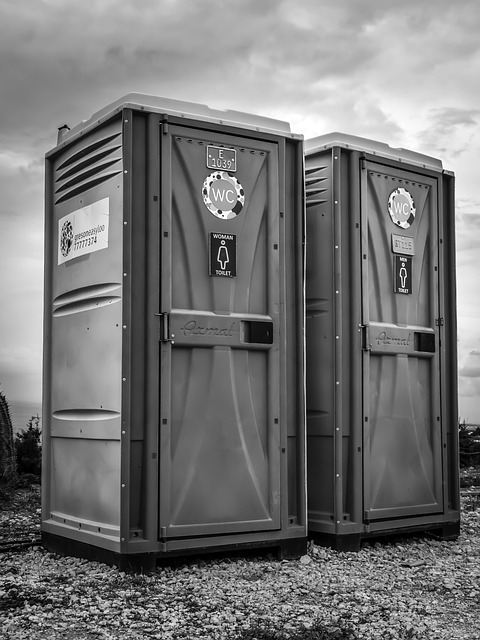Running toilets plague homeowners, but simple fixes often stop them. Identify flapper or fill valve leaks, worn parts, or improper settings as common causes. Regular maintenance prevents issues, yet DIY solutions like replacing parts are usually effective "how to stop a running toilet" methods. Accurate diagnosis through observing water flow patterns guides repairs and silences the persistent sound.
Do you hear that nagging, constant running sound from your toilet? It’s not just annoying—it can waste thousands of gallons of water annually! This article unravels the mystery behind that persistent noise, showing you how to identify and address common issues like leaks, faulty valves, or improper float settings. Learn effective DIY solutions to stop a running toilet once and for all, saving money and preserving our precious resources.
- Understanding the Constant Running Sound
- – Identifying the symptoms and causes of a running toilet
- – Differentiating between a steady flow and intermittent splashes
Understanding the Constant Running Sound

The constant, incessant running sound coming from your toilet tank is more than just annoying; it could indicate several potential issues. Understanding this problem is the first step in fixing it. The primary culprits behind a running toilet are typically related to either a leaky flapper or a faulty fill valve. A worn-out or misaligned flapper can cause water to continuously flow into the tank, leading to that distinctive sound as the water level fluctuates. Conversely, a problematic fill valve may not shut off properly, resulting in constant refilling of the tank.
Fortunately, these issues are often easily diagnosable and fixable with some DIY know-how. For instance, replacing an old or damaged flapper is usually a straightforward process that can be accomplished in just a few minutes, and it’s an effective solution for how to stop a running toilet. The same goes for a fill valve; if the problem lies there, a simple adjustment or replacement can resolve the issue, silencing that persistent sound once and for all.
– Identifying the symptoms and causes of a running toilet

Many homeowners often wonder, “How to stop a running toilet?” The constant sound of water rushing from the tank can be annoying and indicative of several issues. Identifying the symptoms is the first step towards fixing this problem. Pay attention to whether the toilet runs consistently, even when not in use, or if it fluctuates—these are clear signs of an underlying problem.
The primary causes of a running toilet include leaky valves, such as the flapper or fill valve, worn-out parts, incorrect float settings, or clogged refilling mechanisms. Regular maintenance can help prevent these issues, but for an accurate diagnosis and effective solutions, it’s best to consult a plumber.
– Differentiating between a steady flow and intermittent splashes

If your toilet seems to be constantly running, it’s important to distinguish between a steady flow and intermittent splashes. A consistent, continuous drip indicates a problem with either the fill valve or float mechanism. In this case, the solution often involves adjusting or replacing these parts. On the other hand, if the water is coming out in sporadic bursts, it could be due to issues with the flush valve seal or a worn-out flapper. Identifying the exact cause is crucial before attempting any DIY repairs; otherwise, you might end up making things worse.
When it comes to fixing these problems, knowing how to stop a running toilet involves understanding basic plumbing principles. For instance, checking and adjusting the water level in the tank, replacing worn-out parts, or even installing a new toilet can all be part of the solution. Each case is unique, so carefully observing the pattern and behavior of the water flow will guide you towards the most effective remedy.
If your toilet is making a constant running sound, it’s likely due to issues like a leaky flapper or a filled overflow tube. Fortunately, understanding these causes is the first step in fixing the problem. By identifying the specific issue through telltale symptoms, you can effectively implement DIY solutions or consult a professional for more complex repairs. Remember, addressing a running toilet promptly not only saves water but also prevents further damage. With some simple adjustments, you can stop the running and restore your toilet’s efficiency.
